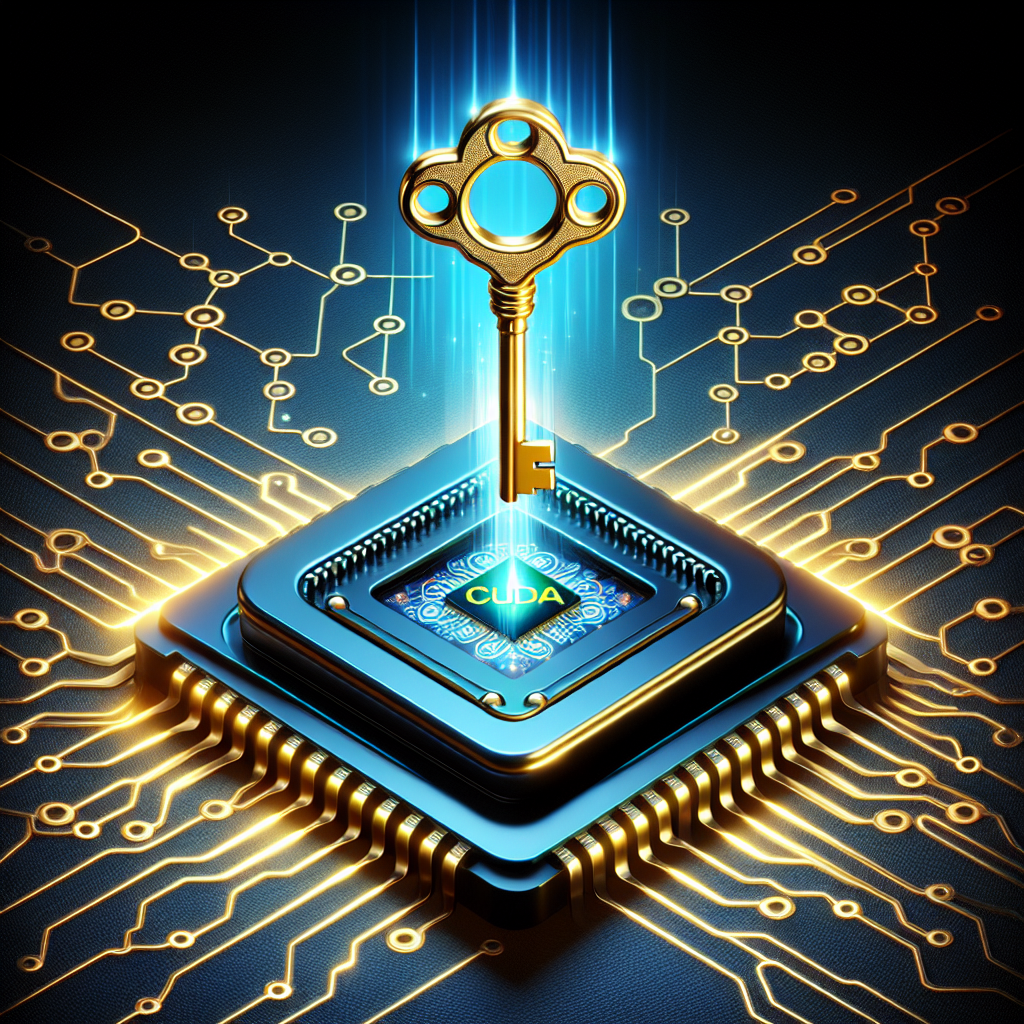Fix today. Protect forever.
Secure your devices with the #1 malware removal and protection software
Deep learning has revolutionized the field of artificial intelligence, allowing computers to learn from data and make intelligent decisions without being explicitly programmed. One of the key technologies driving this revolution is CUDA, a parallel computing platform and application programming interface developed by NVIDIA for their graphics processing units (GPUs).
CUDA enables developers to harness the immense computational power of GPUs to accelerate deep learning algorithms, significantly reducing training times and enabling the development of more complex and accurate models. By offloading the heavy computational tasks involved in training deep neural networks to the GPU, CUDA allows researchers and developers to experiment with larger datasets and more complex architectures, leading to breakthroughs in areas such as image and speech recognition, natural language processing, and autonomous driving.
One of the main advantages of using CUDA for deep learning is its ability to handle massive amounts of data in parallel, thanks to the thousands of cores in modern GPUs. This parallel processing capability allows deep learning models to be trained much faster than on traditional CPUs, making it possible to iterate more quickly and experiment with different hyperparameters and architectures.
In addition to speeding up training times, CUDA also enables the deployment of deep learning models in real-time applications, such as autonomous vehicles, medical imaging systems, and recommendation engines. By leveraging the power of GPUs, these applications can process large amounts of data and make decisions in milliseconds, opening up new possibilities for using deep learning in real-world scenarios.
To unlock the full potential of deep learning with CUDA, developers need to familiarize themselves with the CUDA programming model and optimize their algorithms for parallel processing on the GPU. NVIDIA provides a wealth of resources, including libraries such as cuDNN and cuBLAS, as well as tools like TensorRT for optimizing inference performance.
By mastering CUDA and harnessing the power of GPUs, developers can push the boundaries of deep learning and create innovative solutions that were previously out of reach. Whether it’s building more accurate computer vision models, improving speech recognition systems, or advancing the field of reinforcement learning, CUDA offers a powerful platform for unlocking the full potential of deep learning.
Fix today. Protect forever.
Secure your devices with the #1 malware removal and protection software

Leave a Reply
You must be logged in to post a comment.